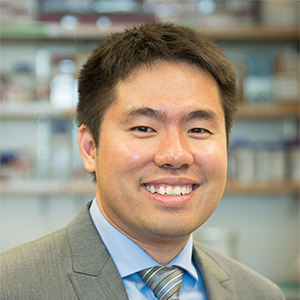Casilio: a versatile CRISPR-Cas9-Pumilio hybrid for gene regulation and genomic labeling
- Cheng Lab
- CRISPR/Cas + TALEN
- Epigenetics
- Representative
- RNA Splicing + RBPs
- Synthetic Biology + Genome Engineering
Abstract
The RNA-guided DNA endonuclease system CRISPR-Cas9 has been exploited for
genome editing in various species. The nuclease-deficient mutant dCas9 protein can,
when coupled with sgRNAs, bind specific genomic loci without inducing DNA cleavage,
thus serving as a programmable DNA binding protein. To extend the utility of the dCas9
system, we have taken advantage of the ability of Pumilio PUF domains to bind specific
8-mer RNA sequences. By combining these two systems, we established the Casilio
system, which allows for specific and independent delivery of effector proteins to
specific genomic loci. We demonstrated that the Casilio system enables independent upand
down-regulation of multiple genes, as well as live-cell imaging of multiple genomic
loci simultaneously. Importantly, multiple copy of PUF binding sites can be incorporated
on sgRNA backbone, therefore allowing for local multimerization of effectors. In
addition, the PUF domain can be engineered to recognize any 8-mer RNA sequence,
therefore enabling the generation and simultaneous operation of many Casilio modules.
A website specifically for Casilio is at http://casil.io

